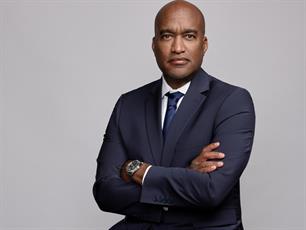Holmes Report 15 Dec 2011 // 12:00AM GMT
For many years now, the United States has been complacent in its Asia-Pacific public relations, punching way below the country’s PR weight. This is now changing all of a sudden.
The US has embarked upon a considerable communications campaign across the region. Wary of China’s rapid rise, America is proactively executing a PR blitz concomitant with the diplomatic charm offensive President Obama led at the APEC Summit, the announcement of a permanent military base in Australia and advocacy of a new trans-Pacific trading bloc that would pointedly exclude China.
It is the sheer proactivity of the new American effort that I find noteworthy. In recent years the US has been on the defensive in the Asian media, reeling from a constant drumbeat of negative coverage tracing its relative weakness and decline compared to the strength and ascent of China. It is the Chinese government that has often seemed to take the lead in managing the news cycle, acting aggressive, coming across as confident. The United States, by contrast, has seemed to be in ongoing retreat, consumed by economic and political troubles at home that affect the country’s ability to sustain its interests overseas.
What a difference a decade makes. I remember when I first came to Asia the image of the United States was at its zenith in Asia. America was respected for its economic success during the Clinton era as the government ran a surplus and economic growth was a given. American entertainment was popular and the soft power of the US was unrivalled. There was also an enormous sympathy for the country in the aftermath of 9/11.
But especially after the Iraq War in 2003 and the US-based economic meltdown of 2008, the reputation of America took a beating in Asia and from a communications perspective, the American narrative has been unimpressively random and reactive. It has been difficult to discern a strategy amid such a defensive communications context. There has also been this sense that America has become a narcissist nation, so self-absorbed in US-centrism that it is unlikely to achieve societal alignment with Asian sensibilities.
Say what you will about the Obama administration, but when it comes to Asia, it has been much more focused and effective in its communications with the region. The very act of American public relations engagement with Asia sends a signal of respect to stakeholders who are more accustomed to lectures than listening from the superpower. This more humble and friendly personality of US communications – America the student in Asia and not just the teacher – is most impressively evident in what we’re seeing on the digital diplomacy front, with innovative social media activities in south and southeast Asia.
Given the world-leading state of the public relations art in the US, it’s about time we saw the country leverage its PR prowess in support of its interests. Especially now that Asians are extrapolating China’s growth trajectory and can see it becoming the largest economy probably by the 2020s (a prospect that unnerves some neighbour nations fearing an overbearing Beijing), the perception that the United States still matters and is aligned with Asian interests will demand even more robust communications in the future.


































.jpg)





.tmb-135x100.jpg)











